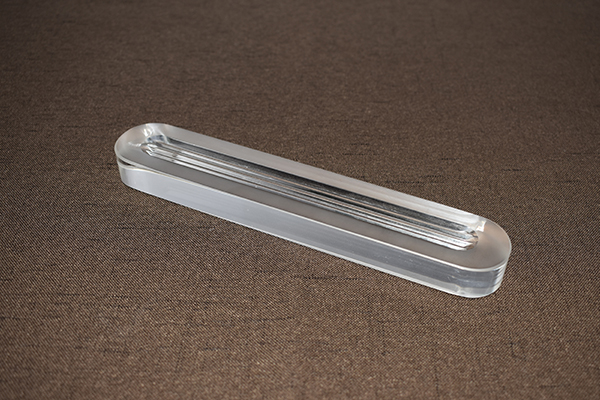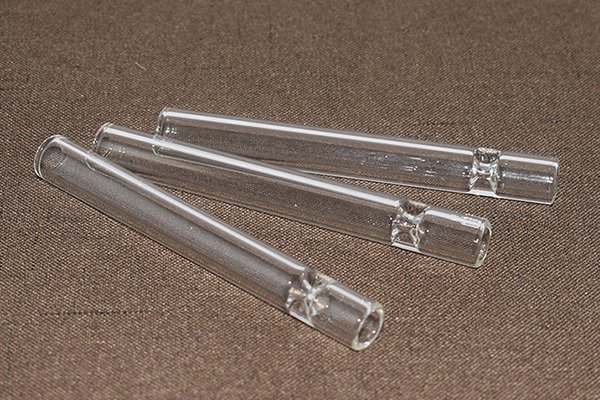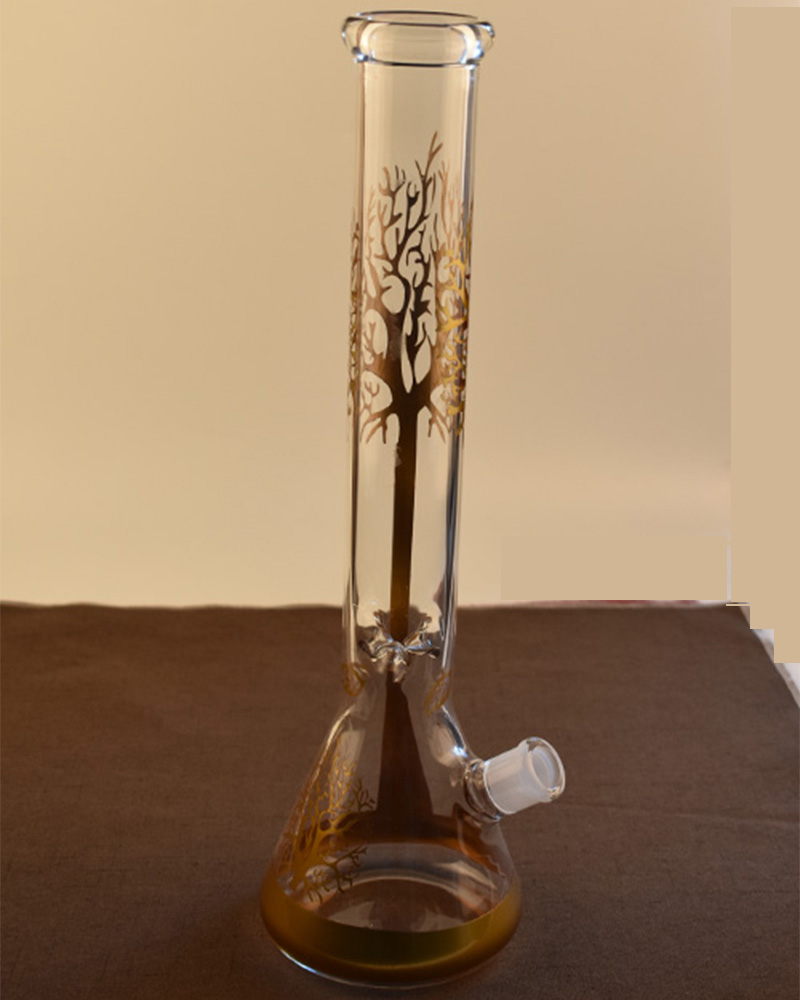News Detail
Daily Cleaning and Maintenance Tips for Borosilicate Glass Products
Borosilicate glass is valued for its high thermal resistance, excellent optical clarity, and chemical stability, making it a popular choice in laboratories, kitchens, lighting, and industrial applications. However, to maintain its performance and longevity, proper cleaning and maintenance are essential.
1. Regular Cleaning
-
Mild Detergent & Soft Cloth – Use warm water with a gentle, non-abrasive detergent. Avoid harsh chemical cleaners that may leave residues.
-
Avoid Abrasive Tools – Do not use steel wool, scouring pads, or rough brushes, as they can scratch the glass surface.
-
Rinse Thoroughly – After washing, rinse with clean water to remove any soap traces that might interfere with optical clarity.
2. Stain Removal
-
For Hard Water Marks – Use a solution of vinegar and water (1:1 ratio) to dissolve mineral deposits.
-
For Grease or Oil – Apply a small amount of alcohol-based cleaner or isopropyl alcohol, then rinse thoroughly.
3. Handling Precautions
-
Avoid Sudden Temperature Changes – Even though borosilicate glass is highly thermal shock–resistant, extreme temperature swings (e.g., pouring boiling water into a frozen glass) may cause cracks.
-
Check for Chips and Cracks – Damaged glass should be replaced promptly to avoid breakage during use.
4. Long-Term Maintenance
-
Store in a Dry, Clean Area – Prevent dust buildup and moisture exposure.
-
Avoid Contact with Strong Alkalis – Long-term exposure to strong alkaline substances may dull the surface.
By incorporating these simple cleaning and maintenance habits, you can keep borosilicate glass products in pristine condition, ensuring they remain safe, clear, and reliable for years.
If you want, I can also prepare an infographic that visually shows these tips for quick reference in social media posts or manuals. It would make the information more eye-catching and easy to remember.



